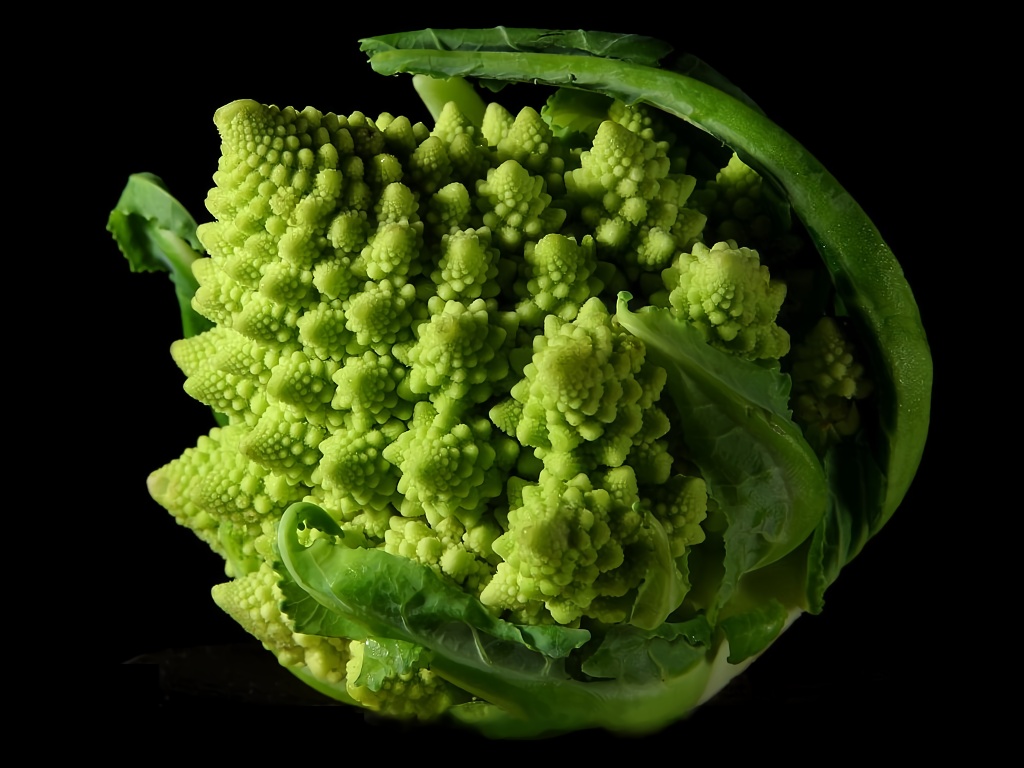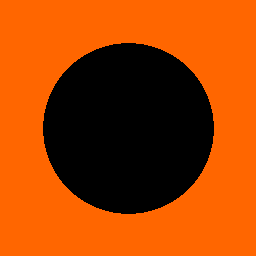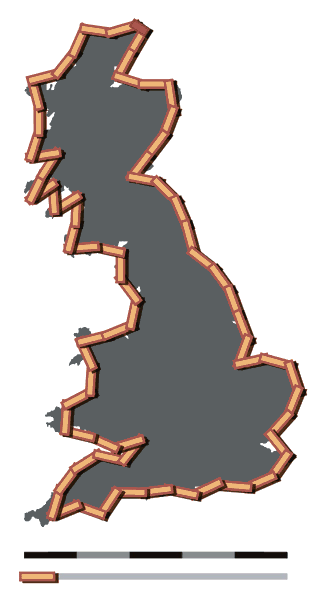His research and 'knack' for seeing fractals has resulted in him remaining one of the most inspirational scientists I can think of. I am not alone in this thought; James Gleick in Chaos himself says:
"Benoit Mandelbrot was the one who let us appreciate chaos in all its glory—the noisy, the wayward, and the freakish, from the very small to the very large. He invented a new and slightly nebulous field of study—a kind of geometry, for want of a better description—and he invented that recondite name for it, fractal."
Certainly a 'character' I highly recommend his TED talk (below).
"The beauty of geometry is that it is a language of extraordinary subtlety
that serves many purposes". B. Mandelbrot
So what is a fractal?
Fractal is a word introduced by Mandelbrot to describe a mathematical concept also witnessed in the natural world of self-similarity across scales. (Inception style!)
An example of this can be seen below in a loop continually zooming in on a a Mandelbrot Set image across scales. You see the shape (large circle on right attached to a small circle on the left) but as you zoom in you see that this shape is made by many smaller versions of the same shape. Zoom in on any one of those and you will see a smaller self-similar FRACTAL of the original shape and so on. Repeat as long as your brain can tolerate the fractalness! Me? My mind is already blown by about 3 fractals! ;)
Fractals are mathematically non-differentiable. Needless to say mathematically-speaking fractals are quite complex and I am not a mathematician so I will instead focus on a few cool examples.
Fractals in nature:
 |
| An example of fractals in nature- broccoli. |
 | ||||
| Mountains- fractal. |
Finally- to me feathers are also fractals- but I could be wrong (what do you think?)
Mandlebrot ran computer simulations of complex numbers in mathematical operations approaching infinity to reveal the patterns of fractals that result. In addition to the resulting images that are the poster-children of Fractal research (examples above and below)- he published several books with lovely fractal images.
In his famous paper written and published in Science (1967) Mandlebrot clarifies the concept of the fractal further titled: "How Long Is the Coast of Britain? Statistical Self-Similarity and Fractional Dimension"
Here he presents a case where ...
...say you were to measure the coast of Britain using a measuring instrument of the size indicated below you can imagine your work process and end result would look something like this:
Now lets say you realize you've missed some little pieces of the coast (see there on the left-side?) so you decide to do this again but now with a smaller measuring implement. Britain suddenly gets much larger (more coastline) (see below)!
This process could be repeated again and again with a smaller measuring implement (see you still missed some bits of the coast) and you would find that the coast is still larger...still missed some? Repeat- and boom! The coastline is longer (and so on till you find yourself crawling along the coast measuring around pebbles and sand to get each contour of the coast!).
Why is the coast longer and longer - the finer scale you use to measure it? Well the coastline is fractal and the closer you look the more curves/lines indents and whatnot it has. As you add these imperfections to your measurements your 'estimate' of the coastline with be longer, longer and LONGER! Inception-style!
Ok- as this post is not really about bats I should stop digressing and get back to the bats!
This has just been brief introduction to the lovely world of fractals and I hope you are now equally excited as I am about fractals and the legacy of Mandlebrot. Fractals seem to be a place where mathematicians, biologists, and artists can have many an inspiring exchange!
Note: What is 'inception style'?
'Inception style' refers to a concept from the movie Inception (term coined by graduate students in the OEB program at UMass Amherst in conversational settings). Inception was released in 2010, directed by Christopher Nolan and stars Leonardo DiCaprio. I don't want to ruin it for you so I'll suggest you Netflix it or at least watch this trailer to see how Inception Style is another example of fractals!
Ie. Fractals in Hollywood?
(Perhaps it only works if things get 'smaller' as you repeat (I'm being careful to not say too much and ruin it for you- but think on it if you have seen it))!








No comments:
Post a Comment